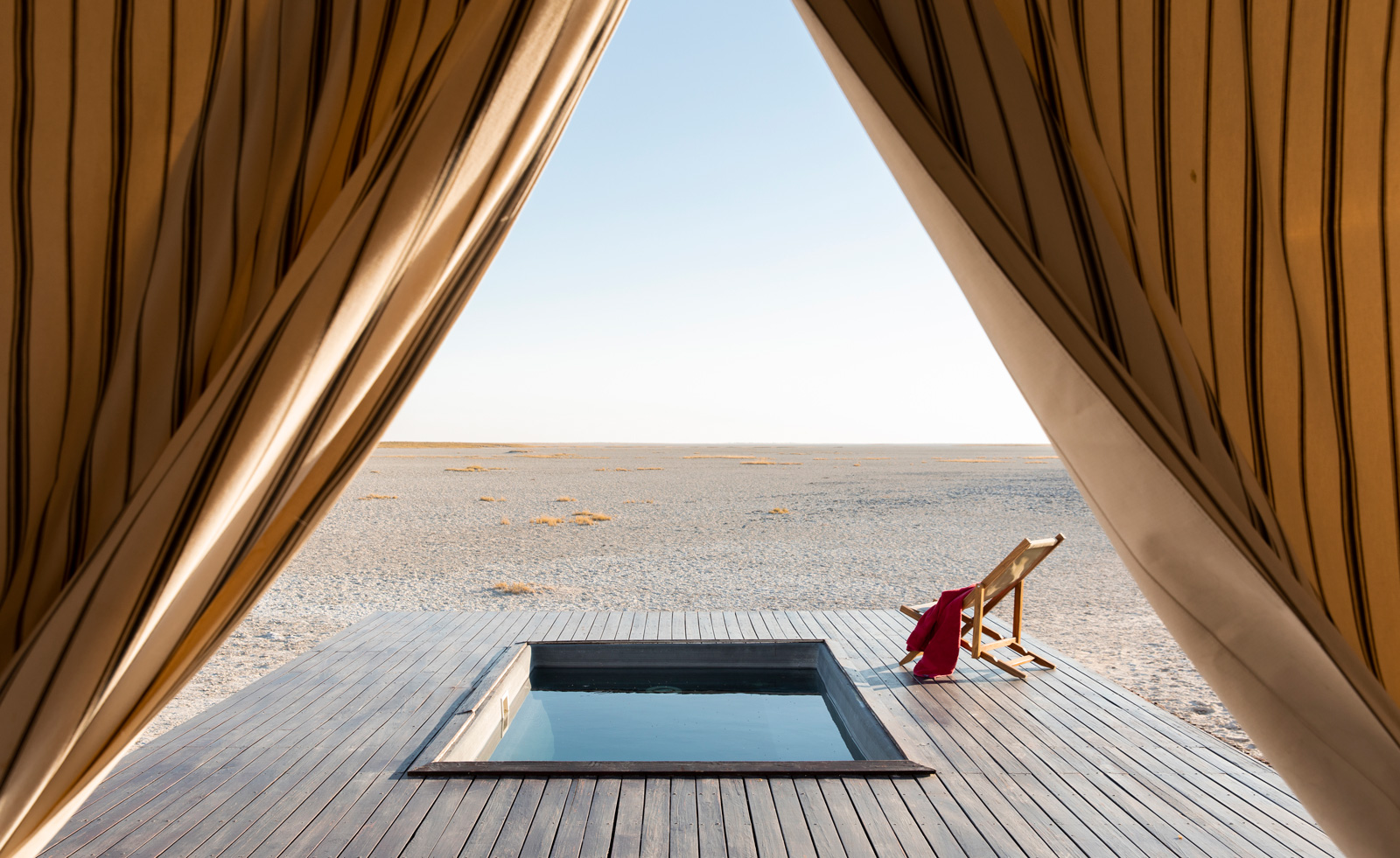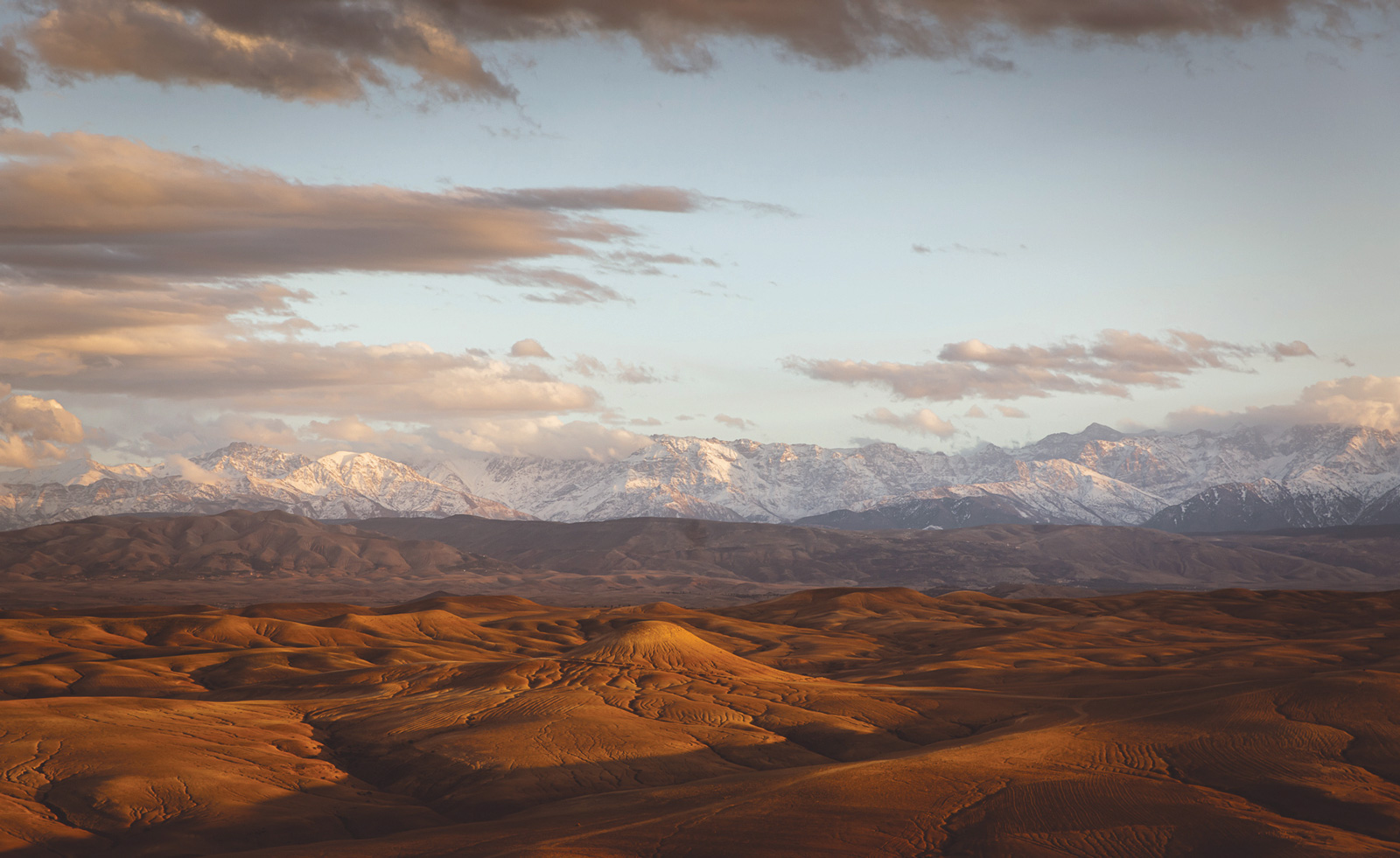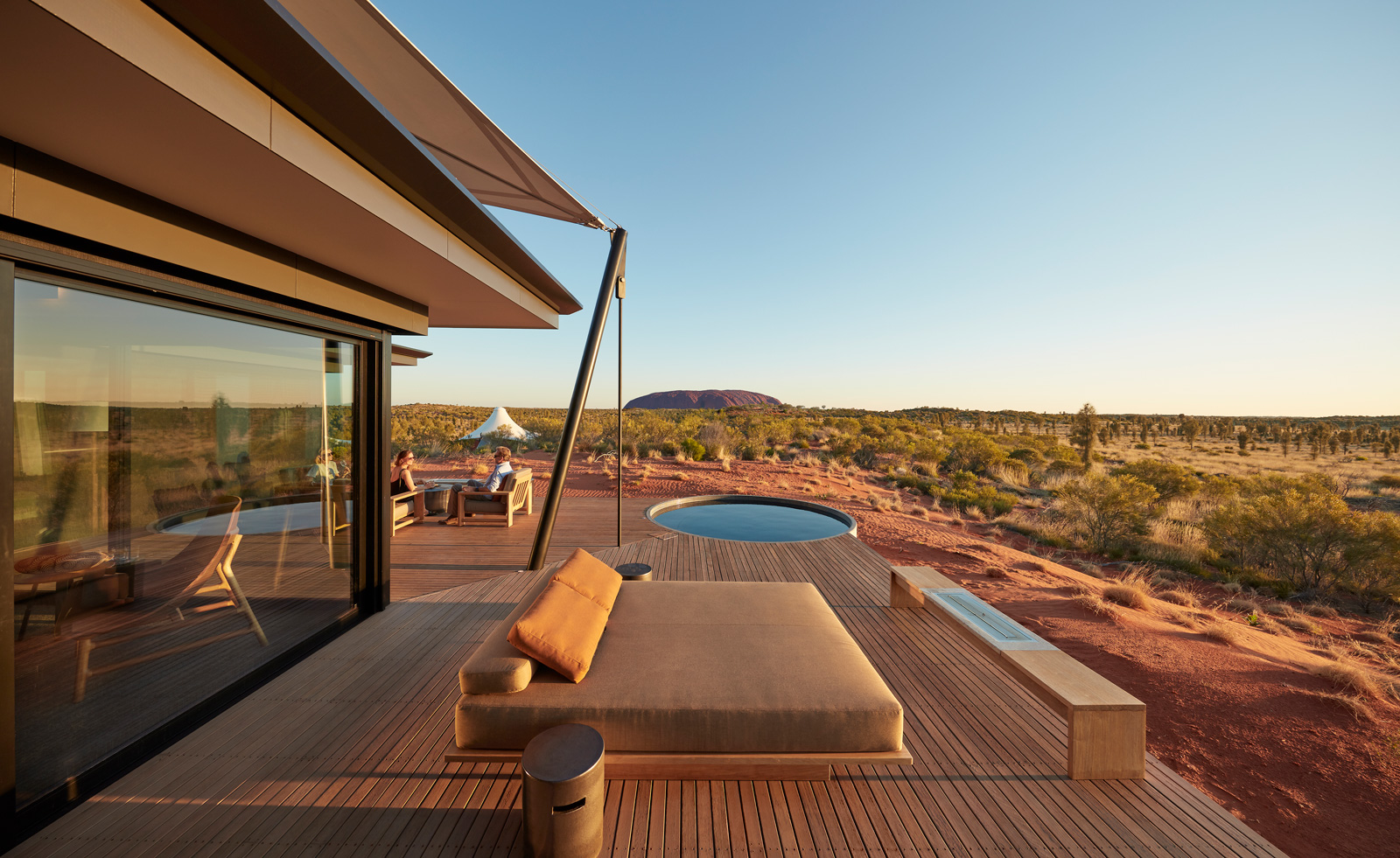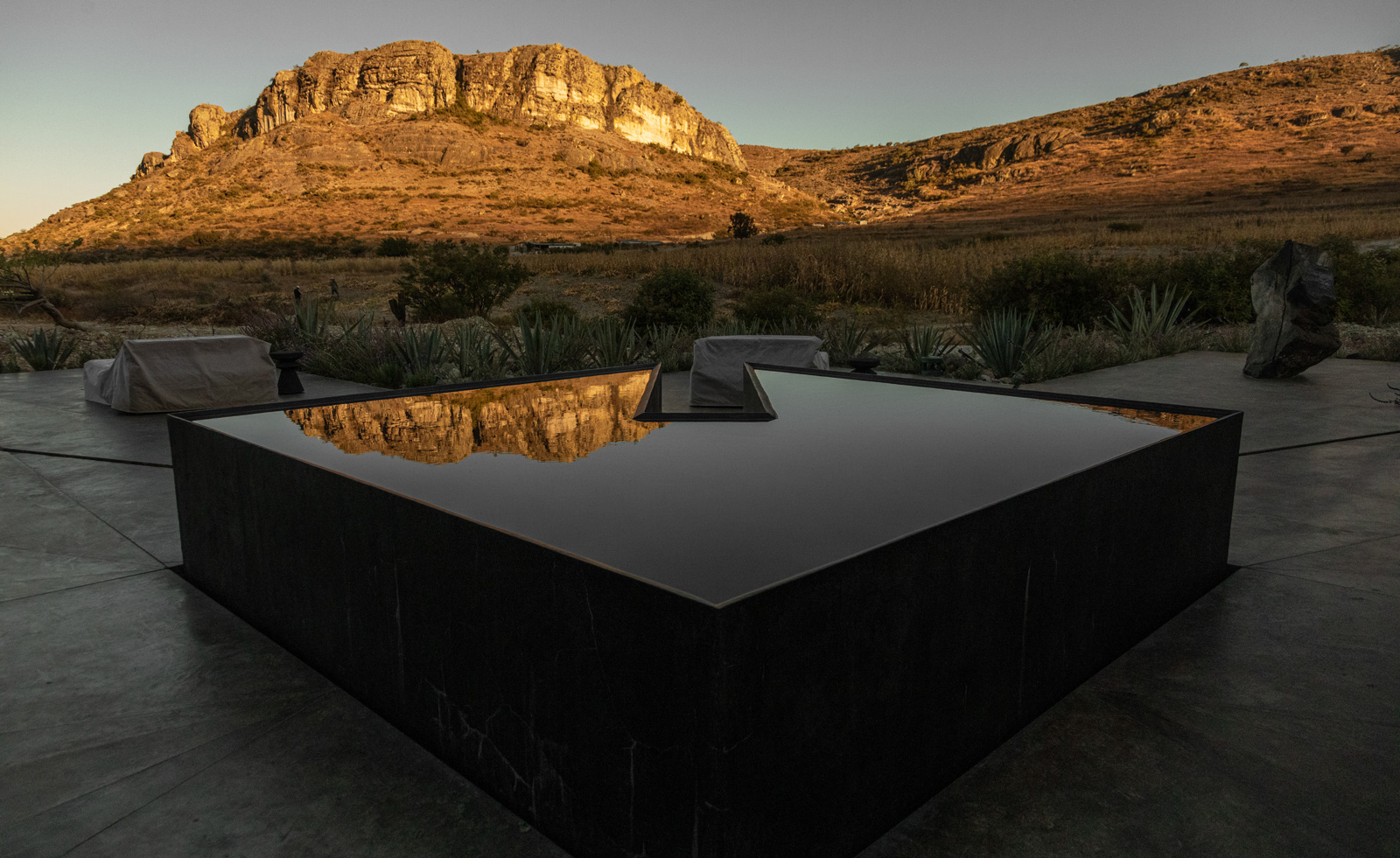
The vast beauty and stillness of the desert are celebrated in new book Desert Escapes, which explores both unique architecture and landscapes, showcasing extraordinary places to stay across the world.
Idyllic locations in North and South America – from Camp Sarika by Amangari in Utah to El Cosmico near Marfa, Texas, and Folly Joshua Tree in California – join spectacular spots in Africa, Asia, the Middle East, Europe and Australia in this tome from Karen Gardiner.
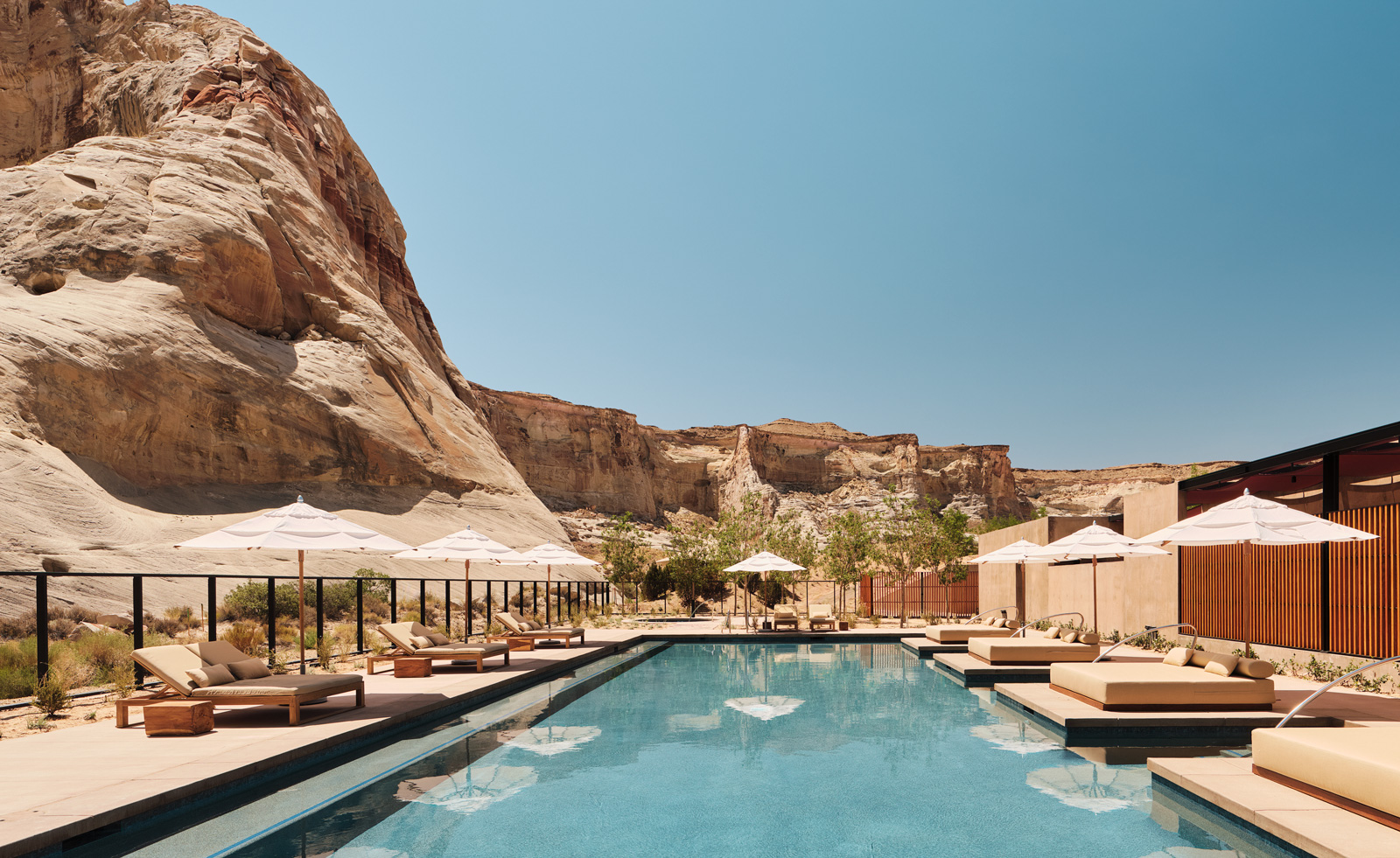
‘I think that the challenge of building in such extreme environments invigorates the designs,’ says Gardiner of what inspired her curation. ‘Deserts are dramatic but unforgiving: building in them is not easy so the challenge pushes designers to excellence. I think about how the desert is so often a site of experimentation, from scientific pursuits to cult movies and contemporary art festivals. Desert architecture is a continuation of this. In the desert, you are at least somewhat isolated, which can feel liberating and offer more space for creativity and invention.’
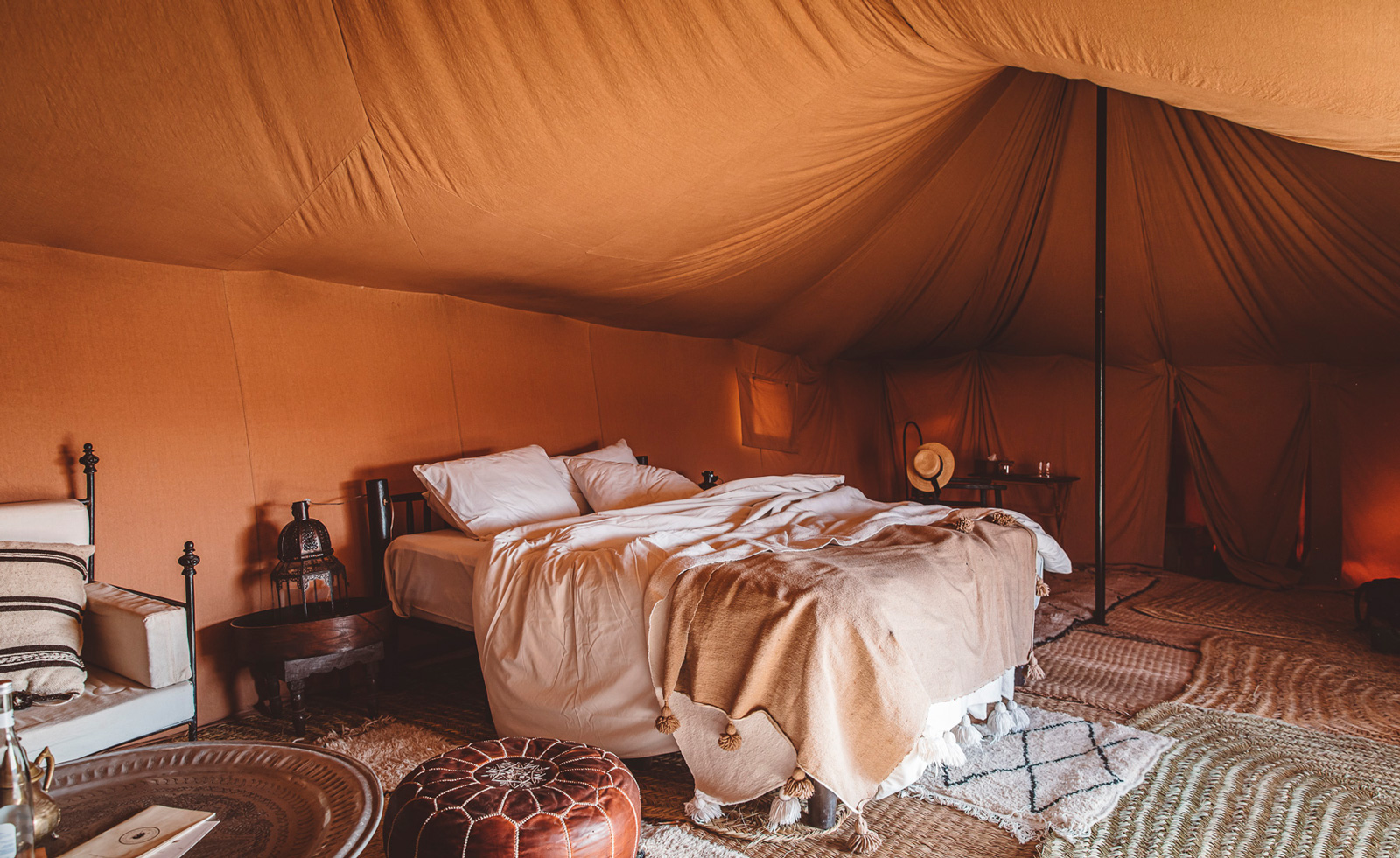
The book’s photography eschews the notion of the inhospitable desert, instead illustrating the striking light and innovative architecture. ‘Many of the properties make use of earthy tones and natural materials as a way of blending into the landscape, complementing the beauty of the desert rather than overwhelming it –often there is no clear boundary between the property and their surrounding environment,’ adds Gardiner.
‘And, through natural light-filled, airy interiors, they emphasise space and solitude. The most interesting to me are properties that are in conversation with the place, such as those that use traditional local materials (Adrére Amellal, Egypt); build on Indigenous techniques (Casa Silencio, Mexico); are inspired by the cultural heritage of the place (Longitude 131°, Australia) or by its endemic flora (Desert Whisper, Namibia). I also think that the starkness of the desert influences a common minimalist style.’
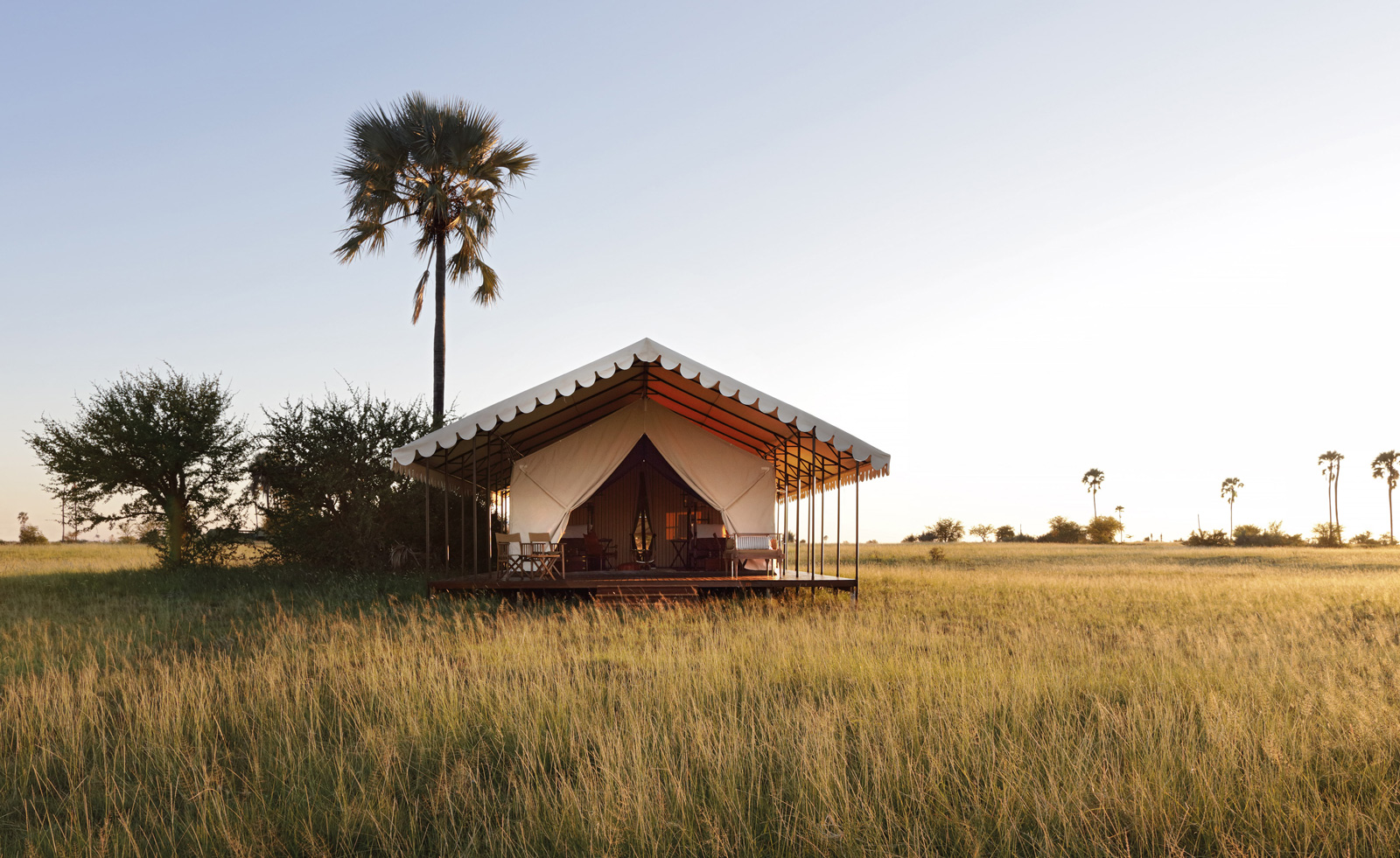
Gardiner embraced the desolation of the desert in her selection, which celebrates its solitude. ‘After all, that is what draws many of us to the desert. Standing alone in a vast landscape, the scale of the desert seems even grander. I also wanted to prioritise places that felt respectful of their environment.
‘When looking at desert architecture, I like thinking about how people have lived, built, and thrived in harsh environments for longer than I can imagine. And that a new wave of contemporary desert architecture is continuing that long history of learning to adapt to our environment.’
'Desert Escapes' is published by Lannoo
Available from amazon.co.uk
